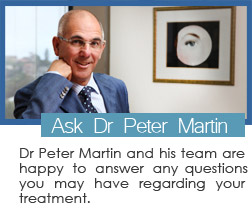
For Some People Cataracts Can Become a Serious Issue
Your sight is one of the most important aspects of your bodily functions and should be treated with the utmost care and attention. For many people cataracts can become a serious problem in terms of obstructing your sight.
Cataracts are generally slowly developing opacities in the lens which even make everyday activities stressful. It is imperative that cataracts are removed early and quickly, because they can often lead to more serious problems later down the line which can be harder to treat. Cataracts can cause reduced vision which may occur very slowly and be unnoticed. Cataracts can occur in one eye at a different speed and then be unnoticed until the sight is very poor in that eye. It may cause changes in ability to do your work creating increased stress.
Cataracts generally affect people over the age of 55; however they can also affect younger people so everybody should be aware of the chance of a cataract forming.
There are 4 types of cataracts, each with different causes:
• Age related which is the most common type of cataracts.
• A congenital cataract is a condition that some babies are born with, or developed in their early child hood.
• Secondary cataracts which are developed when some people have other health issues such as diabetes.
• Traumatic cataracts may occur from an eye injury.
Some of the symptoms that can occur with cataracts are blurred and fuzzy vision, difficulty driving with the glare of the headlights causing a major problem, colours become less obvious and weaker and double vision which can also occur when only one eye is open.
Cataracts can be treated in a surgical manner, and you can be put under Twilight type sedation with Local anaesthetic you can undergo a procedure to break up the cataract so that it can be removed from the eye, meaning that once again you will be able to see correctly. Light enters the eye uninterrupted and is no longer blurred. Colours are suddenly appreciated as they were when you were much younger. Vision is suddenly restored so you will be able to see properly once again.
There is also a new development on lenses which are called Toric lenses which can correct astigmatism and multifocal lenses so patients can be spectacle free after surgery.


